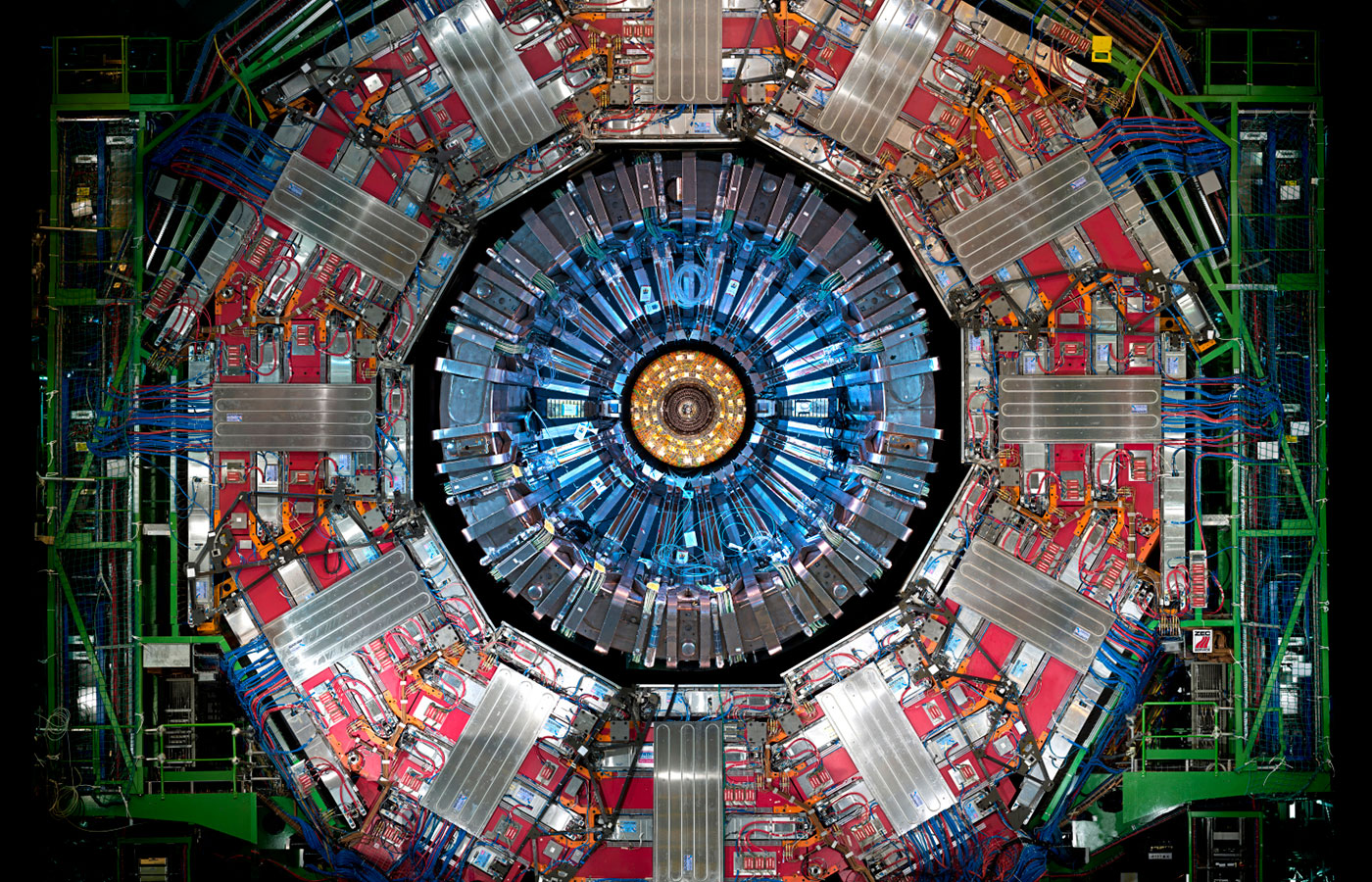Research
High Energy Physics
A silicon-based detector called the Inner Tracker lies at the center of the Compact Muon Solenoid (CMS) experiment and is closest to the proton-proton collision point at Point 5 of the Large Hadron Collider (LHC). The LHC is being upgraded to deliver significantly higher rates of proton-proton collisions. Consequently, we are rebuilding the CMS detector to handle these rates in an effort called the Phase II Upgrade. Prof. Das is deeply involved in the design, fabrication and assembly of electronic modules and structural parts for the Phase II Inner Tracker.
Quantum Computing
I lead the development of quantum annealing algorithms for high energy physics on D-Wave processors.
Artificial Intelligence
I study evolutionary strategies to train Spiking Neural Networks for robotics. This grew out of a pet project to explore the interplay of evolutionary and lifetime learning in the development of natural intelligence.
Other Selected Research
- Search for Resonant Higgs Pair Production at CMS. October 2012 – current. Led the search for resonant Higgs pair production in the bbbb final state and served as Main Contact for the analysis in Run I of the LHC. Conducting the same search in Run II.
- Contributions to the discovery of the Higgs boson.March 2006 – October 2012. Lead developer for online data acquisition applications suite used to operate the Pixel Detector of the CMS experiment that was critical to the discovery of the Higgs boson. Developed, maintained and characterized new triggers for the ZH channel of the H→bb analysis through 2011 and 2012 of Run I data taking.
- Track-Triggering at CMS.January 2014 – March 2017. Leading role in the US CMS software development effort to simulate track-triggering with Associative Memories for CMS Phase II Upgrades at the Large Hadron Collider. Developed a new algorithm for track fitting wit h low latency on FPGAs. Developed two software packages to model latencies in the full hardware system.
- First Observation of a Dalitz decay in the heavy quark sector.July 2009 – August 2010. Theoretically predicted and observed with 5.3 sigma significance the first Dalitz decay in the charm sector at CLEO. Also measured the branching fraction and found it to be consistent with our theoretical prediction. Results published as my Ph.D. dissertation.
- Heat Conduction in a One-Dimensional Gas of Elastically Colliding Particles of Unequal Masses.May 2001 – November 2002. Developed computer simulations of atomistic models of heat conduction in one dimension to address fundamental questions about the relation between Fourier’s Law of Heat Conduction and the underlying microscopic dynamics. Also studied ratchet-like mechanisms of energy transport in such systems.


 Give to Florida Tech
Give to Florida Tech 